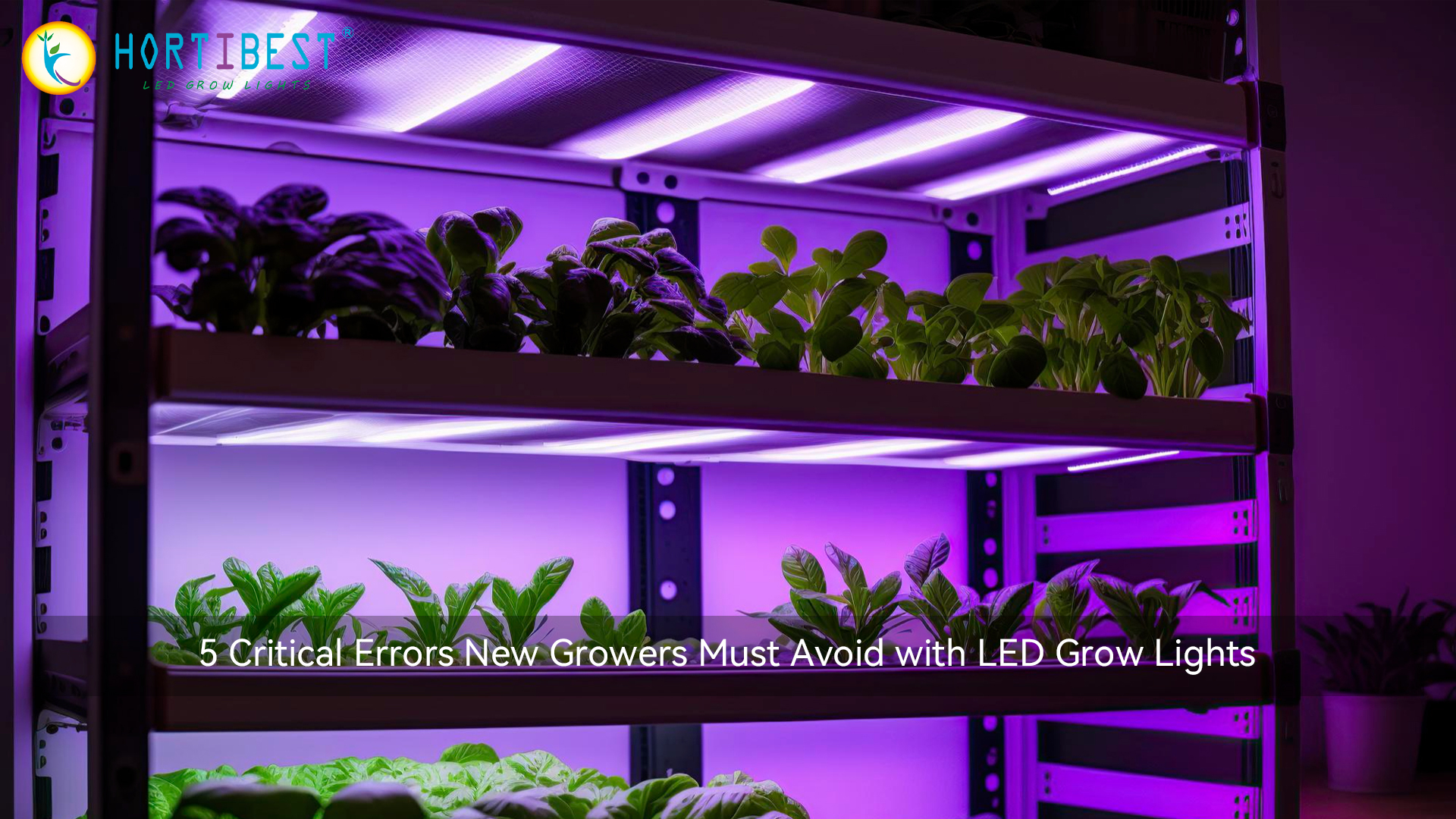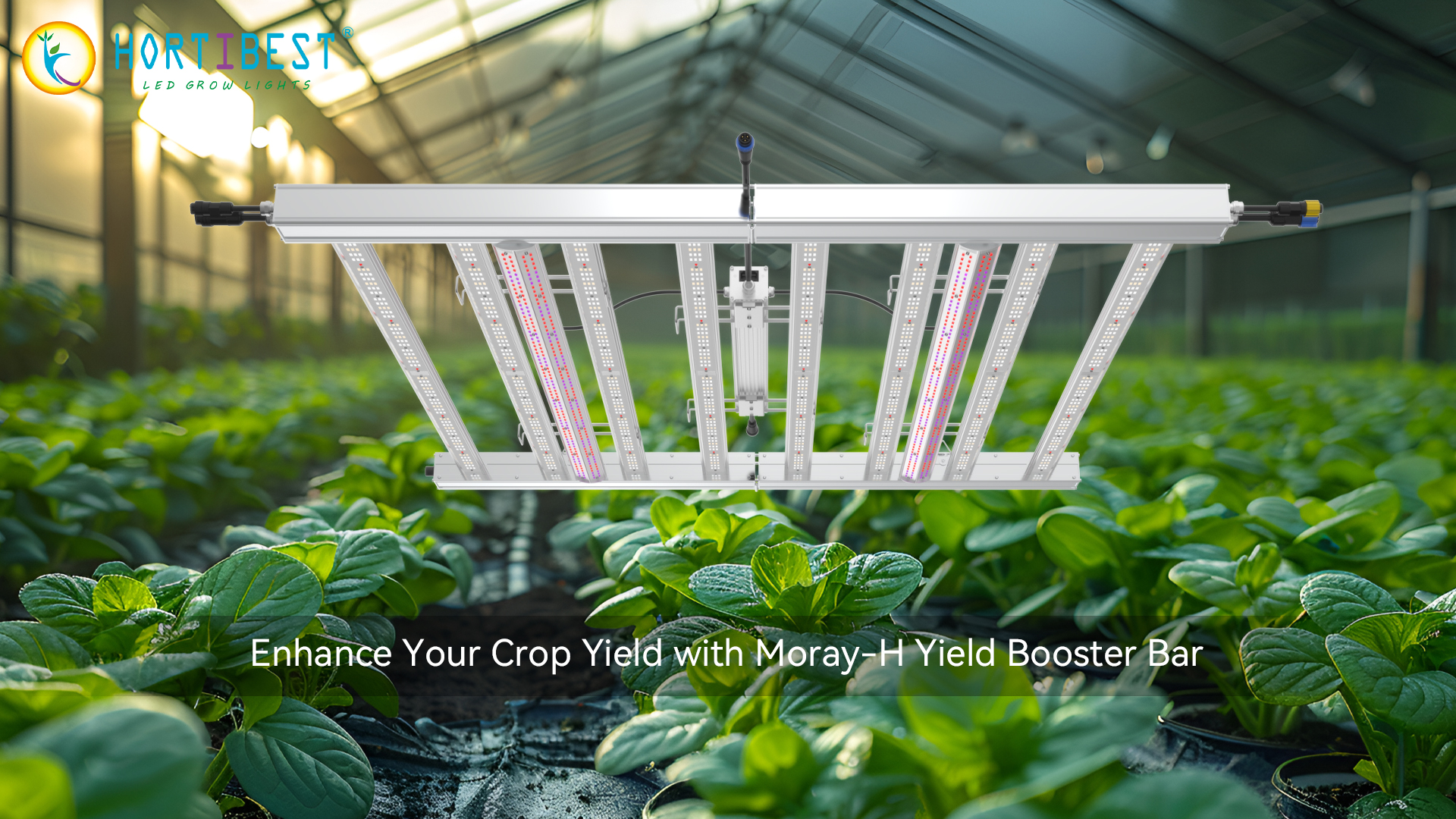
In recent years, supplemental grow lights for greenhouses are become more and more important. On one hand, it is due to the decrease of greenhouse light transmittance due to the direction, structure, and characteristics of covering materials of the greenhouse. On the other hand, it's because of the insufficient light due to the climate change, such as continuous rainy weather in winter and early spring, frequent smog weather, etc. Insufficient light has a negative impact on greenhouse crops, causing serious losses in production. And supplemental grow lights can effectively alleviate or solve these problems. HPS and LED grow lights are the most two popular lights for greenhouse. But what are the differences between them? Let's take a look into their differences.
Differences in luminous theory and external structure
HIP light is composed of mercury, sodium, xenon arc tube wick, glass bulb, getter lamp cap, etc. from inside to outside. Due to the difference of the core accessories ballast, it is divided into inductive HPS lamp and electronic HPS lamp. HPS lamps with different powers need to use ballasts of corresponding specifications. LED is also called light-emitting diode. The core part is a wafer composed of P-type semiconductor and N-type semiconductor. There is a transition layer between P-type semiconductor and N-type semiconductor, which is called P-N junction. When the current flows from the LED anode to the cathode, the semiconductor crystal will emit light of different colors from purple to red, and the intensity of the light is related to the current. According to the luminous intensity and working current, it can be divided into ordinary brightness (luminous intensity < 10 mcd), high brightness (luminous intensity 10~100 mcd) and ultra-high brightness (luminous intensity > 100 mcd). Its structure is mainly divided into four parts: the light distribution system, the heat dissipation system and the drive circuit and the mechanical/protective structure.
Differences in irradiation range and spectral range
The irritation angle of a HPS lamp is 360°, and most of it can irradiate the designated area until it is reflected by a reflector. The spectral energy distribution is roughly red-orange light, yellow-green light, and blue-violet light (only a small part). According to different light distribution designs of LEDs, their effective irritation angles can be roughly divided into three categories: ≤ 180°, 180°~300° and ≥ 300°. The LED light source is adjustable in wavelength and can emit monochromatic light with narrow light waves, such as infrared, red, orange, yellow, green, blue, etc., which can be combined arbitrarily according to different needs.
Differences in applicable conditions and lifespan
HPS lamps are the third generation of lighting sources. They can be used in a wide range of conventional alternating currents. They have high luminous efficiency and strong penetrating ability. The maximum lifespan of a HPS lamp is 24,000hrs; the minimum can also be maintained at 12,000hrs. When the HPS lamp is used for lighting, it will be accompanied by the generation of heat, so the HPS lamp is a kind of heat source. There is also the problem of self-extinguishing when using HPS lamps. As the fourth-generation new semiconductor light source, LED is driven by DC, and its lifespan can reach more than 50,000hrs, and its attenuation is small. As a cold light source, it can be close to plants for irradiation. Therefore, LED is more safety, does not contain harmful elements, and is more environmentally friendly.
 QB Series led grow lights: Best Choice for Beginner Tent Planting
QB Series led grow lights: Best Choice for Beginner Tent Planting
 Why are Spectrum and Intensity so Important in Plant Growth?
Why are Spectrum and Intensity so Important in Plant Growth?
 5 Critical Errors New Growers Must Avoid with LED Grow Lights
5 Critical Errors New Growers Must Avoid with LED Grow Lights
 Enhance Your Crop Yield with Moray-H Yield Booster Bar
Enhance Your Crop Yield with Moray-H Yield Booster Bar